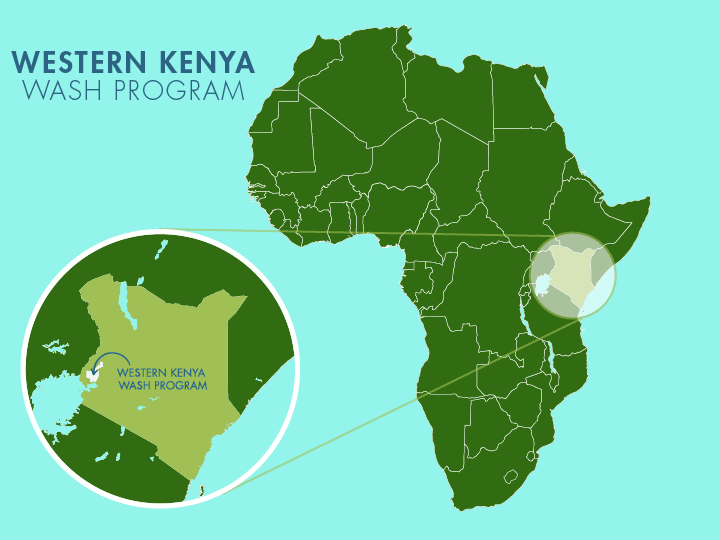Shilalunga Community, home to about 250 residents, depends on the Joseph Musina Spring and an unprotected dug well for its daily water needs. Among those affected by the community’s ongoing water challenges is twelve-year-old Shantel, a young girl who often helps her family collect water.

Shantel (right) collects water from the spring with other children.
When asked about her experience, Shantel explained, “Since the waterpoint broke down, one pipe reduced its discharge yield, forcing us to alternate on fetching water because we all use one pipe that has [a] slightly good yield.”
The community’s spring, though still in use, no longer provides enough water for everyone at once. This breakdown means families must organize themselves to take turns, often waiting long periods before they can fetch water.

The line forms at the spring.
Despite these challenges, Shantel manages to balance her household responsibilities with her education. “[I] am keen to make sure I do not go to the spring when there are many people. Instead, I prefer waiting at home as I do my studies, then I draw water when the spring is not crowded.” Her sense of discipline and time management allows her to continue her studies, even as many other children spend long hours queuing for water.

Looking to the future, Shantel expressed both responsibility and hope. “Being one of the beneficiaries, I will ensure children do not play around the water point and keep it clean throughout. I also would like to excel in my studies and become successful in [the] future.” Her words reflect the pride and sense of ownership that many young people in Shilalunga feel toward their community’s shared resources.

Shantel.
When asked how she feels about fetching water, she said with quiet maturity, “[I] am okay going to fetch water and happy to help my parents where I can since there is proper coordination while going to fetch water.”

Shantel’s story illustrates the resilience and cooperation that define life in Shilalunga Community. Even with a partially functional spring and a broken pipe, the residents work together to ensure that everyone has access to water. With improved protection and repairs to the spring, Shantel and her neighbors will finally have a safe and reliable source of water—helping children like her spend more time studying and less time waiting in line.
Steps Toward a Solution
Our technical experts worked with the local community to identify the most effective solution to their water crisis. They decided to safeguard the existing flowing spring.
Spring Protection
Springs are natural water sources that originate from deep underground. As water travels through various layers of the earth, it undergoes a natural filtration process, making it cleaner and safer to drink. To protect these spring sources from contamination, we construct a waterproof cement structure around layers of clay, stone, and soil. This design channels the spring water through a discharge pipe, facilitating easier, faster, and cleaner water collection.
Chlorine Dispenser
As an extra measure towards water quality safety, uniquely engineered chlorine dispensers are installed at all of our spring protection projects so community members can treat their water with pre-measured doses of chlorine. The chlorine treats any possible contamination and stays active for two to three days, ensuring water stays safe to use even when stored at home. Chlorine delivery and maintenance of the dispensers are part of our ongoing community support.
Community Education & Ownership
Hygiene and sanitation training are integral to our water projects. Training is tailored to each community's specific needs and includes key topics such as proper water handling, improved hygiene practices, disease transmission prevention, and care of the new water point. Safe water and improved hygiene habits foster a healthier future for everyone in the community. Encouraged and supported by the guidance of our team, a water user committee representative of the community's diverse members assumes responsibility for maintaining the water point, often gathering fees to ensure its upkeep.

 Protected Spring
Protected Spring
 Rehabilitation Project
Rehabilitation Project


















